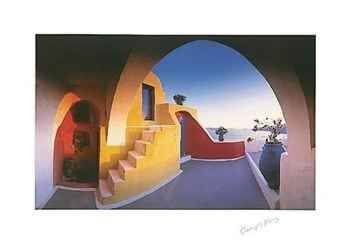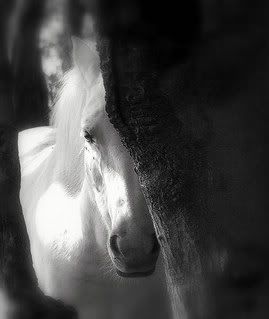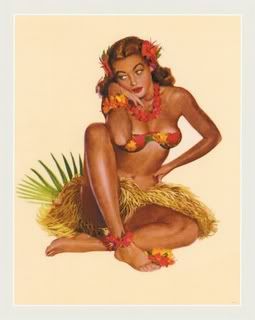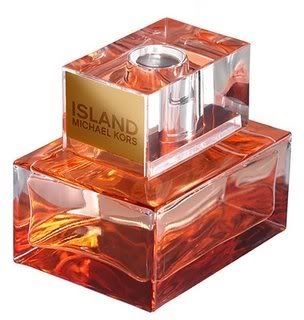
A closeted skeleton in the cupboard of perfume business world is price. Actual retail price. And the relevance that it has to the spectrum of factors that determine it.
Of course perfume creation entails many things to consider: costly and not so costly raw materials, perfumer outsourcing (the houses that produce scents use perfumers who invariably work for one of the Big Companies: IFF, Givaudan Roure, Quest, Haarmar & Reimer , Dragoco, Takasago), laboratory experimentation and all that entails (discarded batches, work hours paid to technicians, etc), creative, marketing and PR team budget, packaging and advertising costs, copyright legal clauses. It is difficult, I can tell you!
Even niche companies that work outside the umbrella process just described often have to account for some of the above factors.
However how much of this reflects on the actual quality of the jus? Is price a real indication of quality? Or is it irrelevant of that?
Let’s ponder on this for a while.
Too often among people who occupy themselves with perfume as a hobby there is the prevalent notion that products that cost a lot must be in some form superior to those that are considered inexpensive. The old dictum “I’m not rich enough to buy cheap” is still considered good advice in buying. I remember it was the domineering attitude among women of a previous generation here when they went out shopping for clothes, leather goods and other comparable items: they opted for something seemingly expensive which they assumed would last longer, perform better and give them a sense of decency and class. I certainly agree on those merits if we’re talking about the above goods.
Nevertheless the latest trend is “luxury for all” in the whole industrialized western world translating in good quality objects for relatively affordable prices and this is something that is dear to my heart. I think it is one step ahead of the new money penchant for exhibiting vulgar displays of wealth.
But is it relevant when talking about fragrance?
The issue of raw materials is pivotal to my mind if we are to seriously discuss this. Much as with cosmetics and skincare products, what is contained in the jar or pot is what ultimately makes the crucial difference. If you find yourself reading the ingredients list of Crème de la Mer with its up till some years ago exorbitant price ~ over 130$ for 1oz ~ (and I’m saying “up till some years ago”, because in the last 6-7 years most of the skincare market has gone after its way) you find yourself face to face with mineral oil, thickeners and some algae. Which can be easily had at the drugstore for a mere 99 cents (that is the price of the Nivea cream which is comparable in texture, moisturizing properties and overall feel, per consumers on MUA)!
L’oréal was ahead of the trends when they invested their vast experience and technical expertise on mass-market lines such as Garnier and Plénitude, sold at the shelves of drugstores and supermarkets, using comparable innovations as those used in their upmarket lines such as Rubinstein and Lancôme. The result? The products fly off the shelves in record time and they also win prizes for both ends of the price spectrum for the same amount of research (enter the recent Prix d’Excellence awards bestowed by European journalists regarding their innovative dermo-adaptive molecule used in both Vichy and Lancôme skincare). They’re clearly on to something!
Now I ask again: does this same practice pertain to perfume?
Apparently too often in our modern era perfume ingredients come astoundingly cheap and astoundingly uniform across lines: since it’s usually the same exact Big Companies who produce perfumes for high and low end houses, it is too often the case that a perfume by –say- X prestige brand is also using the majority of ingredients of Y celebrity frag (I’m using the latter reference as celebrity-endorsed scents are too often regarded with disdain among perfume lovers as being “cheap” and not desirable products capitalizing on a passing infatuation with said celebrity ~ which mind you, I’m not 100% disagreeing with!).
All too often they’re manufactured by the same noses/perfumers too! A comparative search is very telling!
So what is so different that validates the difference in retail price, the distribution channel and the consequent expression of elation on the average recipient’s face of such a perfumed gift? (Because surely you have seen some marked difference when you present someone with something from Dior vs. something from Stetson, right?).
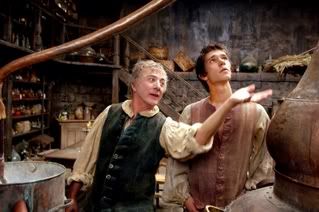
Maybe exactly because it is still something of a mystery: its practices, its ingredients, its way of being composed is not completely revealed to the public. There is a list of some ingredients on the box of perfumes as of lately, but those are simply some of those that are purported to be in danger of skin sensitizing or triggering allergies, hence their inclusion under the newest laws. It is by no means a conclusive list of contents.
And here is where advertising, packaging and marketing enter the equation.
The collective subconscious is coaxed to buy into a myth, especially if we’re talking about big brands and houses with history and pedigree behind them. And indeed many aspects of that myth are beautifully incorporated into the presentation of perfume. Consider the immortal quote of Coco Chanel “A woman without perfume has no future”, or Patou’s campaign for Joy “the costliest perfume in the world”. Or the rich history of Guerlain with the anecdotal stories behind many of their creations, such as the Jicky tale about the young English girl that the son fell hopelessly in love with, the Shalimar tale of the Indian love-affair in the gardens, the 1001 Nights tale behind the creation of Nahéma or the tragic love-story inspired by a novel for the grand Mitsouko.
The fawning over perfume advertising –of which I am no less guilty than most- is also testament to this.
The beautiful flacons are contributing in turn to impulse purchases or calculated decisions from people who are very bent on the visual. Many times the outer cast of something has lied to us about the contents, so we buy the exquisite bottle for it to be displayed for our artistic delectation rather than used for its contents. This is where the limited editions and Baccarat collectibles work so well and will continue to be produced for this exact reason: man (and woman) is a highly visual-oriented animal.
There is also something called concept and conceptual artistic merit (you can click here and here for some insight on what I think). This comes more into play with niche brands, as the big houses are in their vast majority producing press releases that invariably view perfume as a means of seduction or at the very least presentable “package” of the wearer to his/her intended audience.
Niche houses on the contrary have taken steps into bypassing this somehow contained notion by expanding the reasons one might opt for wearing a particular perfume: asserting one’s true personality, invoking olfactory landscapes, sourcing long-forgotten memories, intellectualizing olfaction or even creating a distance and introspective mood that is meant only for the wearer to enjoy ~the olfactory equivalent of an I-pod and headphones on the subway: a modern urban shield from the outer world.
The practice has been explored in various degrees by several niche houses: Lutens with his Arabic tradition concept, F.Malle with his collection of auteurs who produce only what they deem worthy themselves, the pleiad of Natural Perfumers who insist on using their natural essences in a way that is ecologically sound and artistically in tune with the universe, Comme des Garcons with their completely iconoclastic anti-perfumes meant to shock and make you think, Gaubin Daude, Tauer, L’artisan parfumeur, Ormonde Jayne, you name it…They all have tried to give a voice to a vision in their minds and remain consistent with that instead of trying to be all things to all people the way big houses and designer fragrances usually are.
Yet do they all succeed? And are their prices justified by those two tokens mentioned: innovation of vision and raw materials? It seems to me that the answer cannot be a simple blanket one. There are as many nuances in the niche world as there are in products of conglomerates and big Luxury Groups. Some do have better quality than others, some do have a more concrete vision than others and I can see how that might influence a preference and predisposition of looking forward to their latest releases.
This is what ultimately makes decision so difficult and testing of such paramount importance. Because deep down, you know that no matter how much something is praised by perfume connoisseurs or how beautiful the adverts looks or how prestige the brand and name sound, you have to really like it yourself to be able to wear it and enjoy it to the last dregs of a real retailed-price purchased whole bottle (no steals and bargains missy, we’re watching you!).
And if you repurchase, then it is really something to celebrate about: you have found a winner! Bravo!
Top pic originally uploaded on MUA but have since had trouble locating her username. If you do know it, let me know, I think it is brilliant!
Pic of Baldini and Grenouille characters from film "Perfume: story of a murderer" courtesy of Ohnotheydidnt/Livejournal.com.
.jpg)



